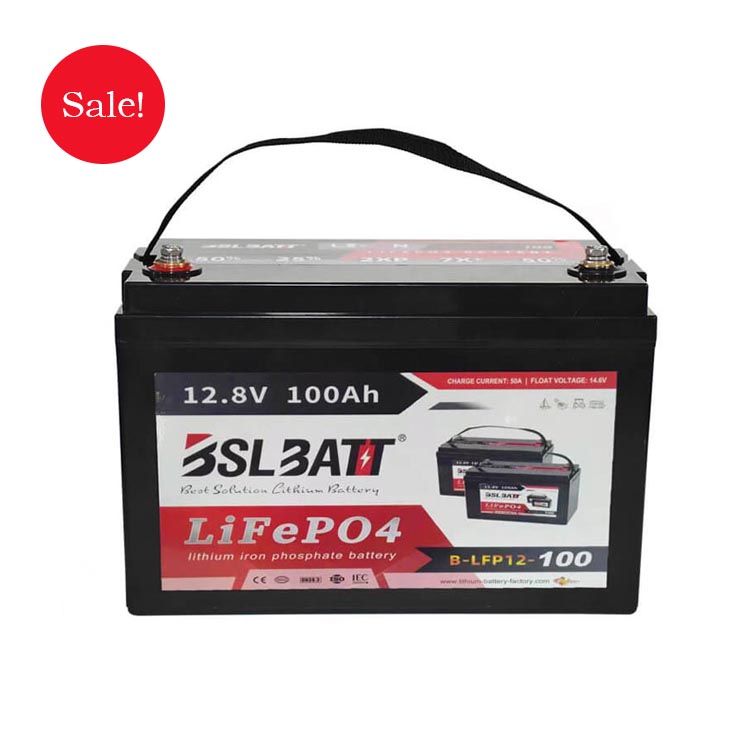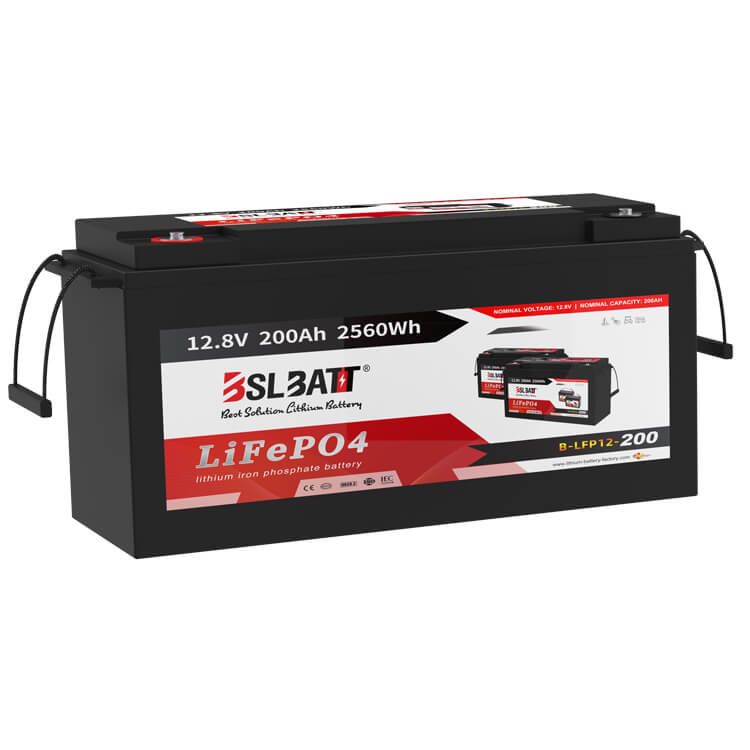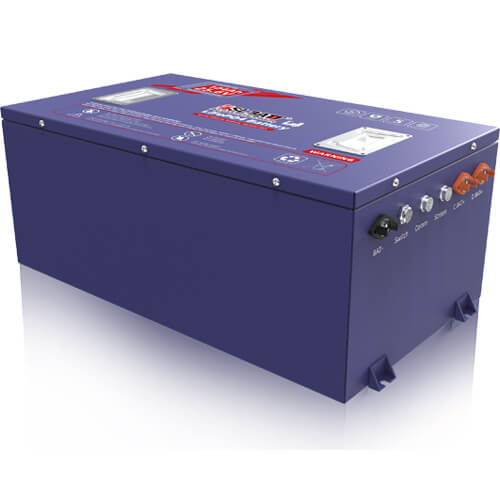
Follow us on :
FIND YOUR DEALER
Notice: Undefined index: product_category in /www/wwwroot/www.lithium-battery-factory.com/wp-content/themes/baiila/functions.php on line 602
Notice: Undefined index: product_category in /www/wwwroot/www.lithium-battery-factory.com/wp-content/themes/baiila/functions.php on line 602
- China
- English
- Françai
- Español
- Deutsch
- Română
- العربية
- 한국어
- 日本語
- Italiano
- Português
- Gaeilge
- Dansk
- Čeština
- Русский
- Afrikaans
- Euskara
- Català
- Esperanto
- हिन्दी
- Ελληνικά
- Bahasa Melayu
- Polski
- Српски
- Kiswahili
- ภาษาไทย
- Tiếng Việt
- Türkçe
- Svenska
- Cymraeg
- Slovenčina
- Latviešu
- Malti
- Magyar
- Galego
- ગુજરાતી
- Eesti Keel
- বাংলা
- Shqip
- беларуская мова
- Nederlands
- Tagalog
- ქართული
- Íslenska
- Kreyòl Ayisyen
- Lietuvių
- Norsk
- slovenščina
- தமிழ்
- Українська
- ײִדיש
- اردو
- తెలుగు
- فارسی
- македонски
- ಕನ್ನಡ
- Bahasa Indonesia
- עברית
- Suomi
- Hrvatski
- Български
- Azerbaijani
More Language

Industry Application
-

Renewable-Energy
-

material handling vehicle
-

lithium Golf cart
-

RV, Trailer & Camper
-

Marine
-

Floor Machines
Notice: Undefined index: product_category in /www/wwwroot/www.lithium-battery-factory.com/wp-content/themes/baiila/functions.php on line 602
Notice: Undefined index: product_category in /www/wwwroot/www.lithium-battery-factory.com/wp-content/themes/baiila/functions.php on line 602
Product Type
Notice: Undefined index: product_category in /www/wwwroot/www.lithium-battery-factory.com/wp-content/themes/baiila/functions.php on line 602
Notice: Undefined index: product_category in /www/wwwroot/www.lithium-battery-factory.com/wp-content/themes/baiila/functions.php on line 602
Notice: Undefined index: product_category in /www/wwwroot/www.lithium-battery-factory.com/wp-content/themes/baiila/functions.php on line 602


















